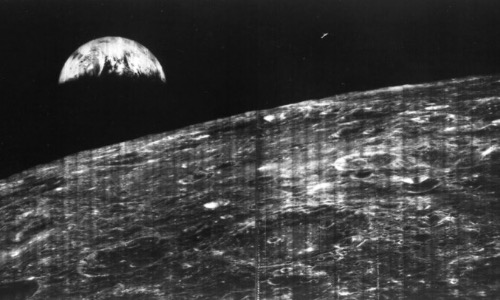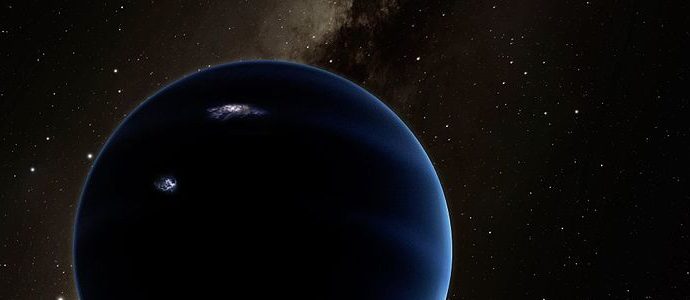50 Years Later, Apollo 11’s Achievements–and its Mysteries–Continue to Endure
“Here men from the planet Earth first set foot upon the Moon, July 1969, A.D. We came in peace for all mankind” ~Engraving on Lunar plaque, affixed to Apollo 11 Lunar Module Fifty years ago, Apollo 11, the culmination of a massive advancement in technology and engineering, landed American astronautsread more


